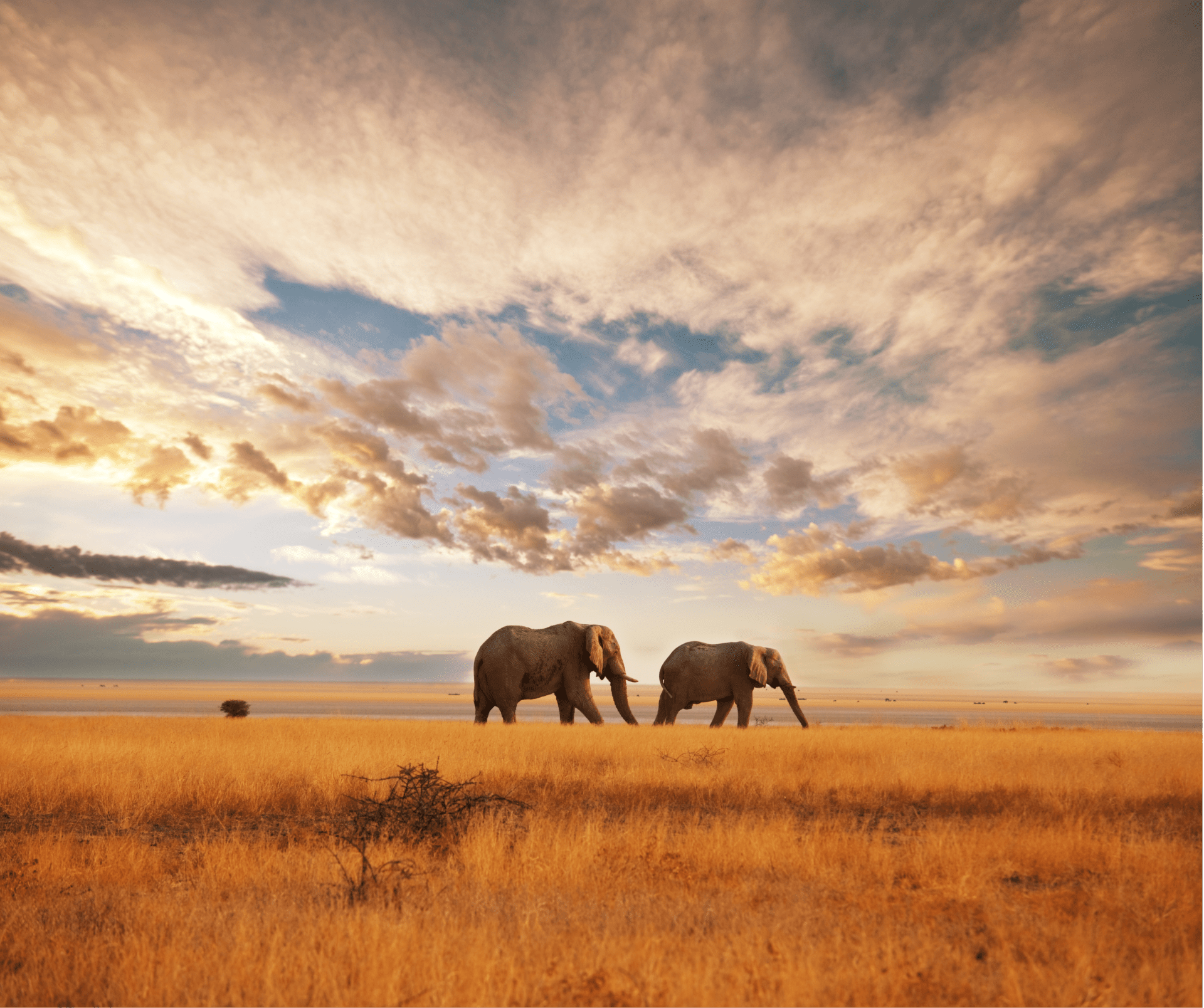Hampta Pass Trek During Full Moon: A Magical Experience Under the Stars

Strong 8k brings an ultra-HD IPTV experience to your living room and your pocket.
Trekking in the Himalayas is always a soul-stirring experience, but imagine walking through rugged trails, verdant meadows, and snow-clad passes under the silver light of a full moon. The Hampta Pass Trek, known for its dramatic landscapes and ever-changing terrains, becomes even more surreal when experienced during a full moon night. As the moon rises above the majestic peaks, it bathes the entire landscape in a magical glow, turning the journey into something truly unforgettable.
This article will explore why trekking to Hampta Pass during the full moon is such a unique adventure. From preparation tips and route highlights to spiritual vibes and stargazing bliss, here’s everything you need to know about this celestial journey.
Hampta Pass Trek
Nestled in the heart of Himachal Pradesh, the Hampta Pass Trek connects the lush Kullu Valley to the stark, arid Spiti Valley. It is a moderate trek that stretches over approximately 26–28 kilometres and usually takes about 4 to 5 days to complete. The trek begins from Jobra, near Manali, and climbs up to an altitude of around 14,100 feet at the Hampta Pass. Trekkers cross alpine forests, meadows, rivers, and glaciers along the way, experiencing a wide range of natural beauty in a short span of time.
What sets this trek apart is the dramatic shift in landscape—from the green, flower-filled valleys of Kullu to the barren, moon-like terrain of Spiti. And when you attempt this journey during a full moon, it adds a touch of mystique to an already breathtaking experience.
Why Choose a Full Moon Trek?
Trekking under a full moon is not just about aesthetics; it's an experience that speaks to the soul. The silvery moonlight illuminates the trail, offering visibility even without artificial lighting. The shimmering snowfields, the shadows of mountains cast on icy lakes, and the tranquil silence of the night create an almost dreamlike setting.
For photographers and nature lovers, the full moon transforms the trek into a canvas of contrast and brilliance. Every element—be it the silhouette of a pine tree, the sparkle of the Rani Nallah stream, or the glow on the glacier—is intensified. The absence of light pollution in the higher altitudes also means an uninterrupted view of the night sky, where constellations, planets, and even shooting stars can be seen with stunning clarity.
Planning for the Full Moon Trek
Timing your trek with the lunar calendar is the first step. Choose dates that ensure at least one full moon night during your journey, preferably when you're camping at higher altitudes like Balu Ka Ghera or Shea Goru. These locations offer expansive views of the sky and are relatively safe for night trekking or moon-gazing.
Ensure you are physically prepared for the moderate yet challenging trail. Trekking under moonlight might sound poetic, but the cold temperatures and thinner air require good physical endurance. Carry proper winter gear, layered clothing, and night-vision-friendly headlamps for safety.
The Magic of Night Camps
One of the highlights of the Hampta Pass Trek during a full moon is the night camping experience. After a long day of trekking, setting up camp under a starlit sky with the full moon overhead is a moment you’ll never forget. Campsites like Chika and Balu Ka Ghera are nestled in beautiful settings surrounded by mountains, making them perfect spots to enjoy moonlit dinners, quiet reflection, or storytelling around the campfire.
The moonlight reflects off nearby snow patches and water streams, creating a shimmering environment. It’s in these peaceful moments that many trekkers report feeling deeply connected with nature—an almost meditative experience under the vast sky.
Crossing the Pass: A Lunar Perspective
Reaching the actual Hampta Pass is the climax of the trek, and doing so during the full moon adds a dramatic flair to the achievement. Starting early before dawn, trekkers can witness the moon slowly descending in the west while the sun starts to rise in the east. This overlap of moonlight and sunrise creates a magical "gold-and-silver" panorama that words barely do justice to.
At the top of the pass, you’ll see the stark divide between the lush green valleys you came from and the dry, rugged beauty of Spiti ahead. It's a surreal viewpoint, and with the moon still hanging in the sky, it feels like stepping into another realm.
Stargazing and Celestial Serenity
The high-altitude camps during the Hampta Pass Trek are ideal for stargazing. With little to no light pollution and clear mountain air, the Milky Way and thousands of stars reveal themselves in astonishing clarity. During a full moon night, while the stars may be slightly dimmed, the silvery moon creates a mystical glow across the entire landscape.
If you're lucky and the skies are clear, you can also spot celestial phenomena like lunar halos or even satellites crossing overhead. For many trekkers, lying down on a mat in the open, wrapped in a warm sleeping bag, and watching the heavens above is an experience that stays with them forever.
Spiritual & Emotional Connection
Trekking under the full moon has been associated with spiritual and emotional benefits for centuries. In many cultures, the full moon is seen as a time for reflection, release, and renewal. The serene ambience during the Hampta Pass Trek at night encourages introspection. The gentle sound of streams, the rustle of wind through the pines, and the occasional call of night creatures make for a deeply grounding experience.
Some trekkers practice meditation or quiet journaling during these moonlit nights, finding a unique peace that’s hard to achieve in the chaos of daily life. The physical journey of crossing the pass becomes symbolic of an inner journey—of letting go, pushing limits, and embracing new perspectives.
Tips for a Safe Full Moon Trek
While the experience is magical, it’s important to take precautions when trekking during the full moon:
Stay Warm: Temperatures can drop drastically at night. Carry proper insulation, gloves, woollen caps, and a good-quality sleeping bag.
Use Moonlight Wisely: While the moon provides good visibility, always carry a headlamp with a red-light mode to preserve night vision.
Avoid Risky Terrain at Night: Stick to relatively flat or familiar sections of the trail if walking under moonlight. Avoid rocky or slippery patches.
Stay Hydrated and Nourished: Cold can suppress your thirst, but hydration is key to altitude adaptation. Eat energy-rich foods to stay fueled.
Travel with a Guide or Group: Especially if you're new to high-altitude trekking, going with a guide adds an extra layer of safety.
Best Time and Season
The best time to do the Hampta Pass Trek is between June and September. During these months, the trail is accessible, the weather is mostly favorable, and the full moon nights are frequent and clear. July and August offer more dramatic skies, with scattered clouds creating beautiful moon halos and soft reflections over water bodies.
It’s a good idea to consult a lunar calendar and align your trek dates accordingly. Planning your arrival at higher campsites during the full moon will enhance your experience significantly.
Personal Stories: Voices from the Trail
Many trekkers who’ve done the Hampta Pass Trek during the full moon describe it as a life-changing experience. One traveler said, “I never imagined snow could shine like silver. It was like walking through a fairytale.” Another shared, “I reached the pass just as the moon was setting, and it felt like I had the universe to myself.”
These stories often include powerful emotions—feelings of freedom, wonder, and a reconnection with nature that urban life tends to steal away. Whether it’s a solo adventure or a group journey, the shared awe under the stars becomes a memory that binds trekkers for life.
Conclusion: A Journey Beyond the Trail
The Hampta Pass Trek during the full moon isn’t just a trek; it’s a full-blown sensory and emotional experience. It’s about walking through nature’s most beautiful corridors under the watchful gaze of the moon, feeling the cold kiss of alpine air, and marveling at the interplay of light and landscape. It reminds us of our place in the cosmos and leaves us with a sense of humility and awe.
If you’ve ever longed for a trek that combines natural beauty with spiritual depth and celestial wonder, then Hampta Pass under the full moon is calling your name. Pack your bag, plan your dates, and get ready to witness magic—one moonbeam at a time.
Note: IndiBlogHub features both user-submitted and editorial content. We do not verify third-party contributions. Read our Disclaimer and Privacy Policyfor details.







